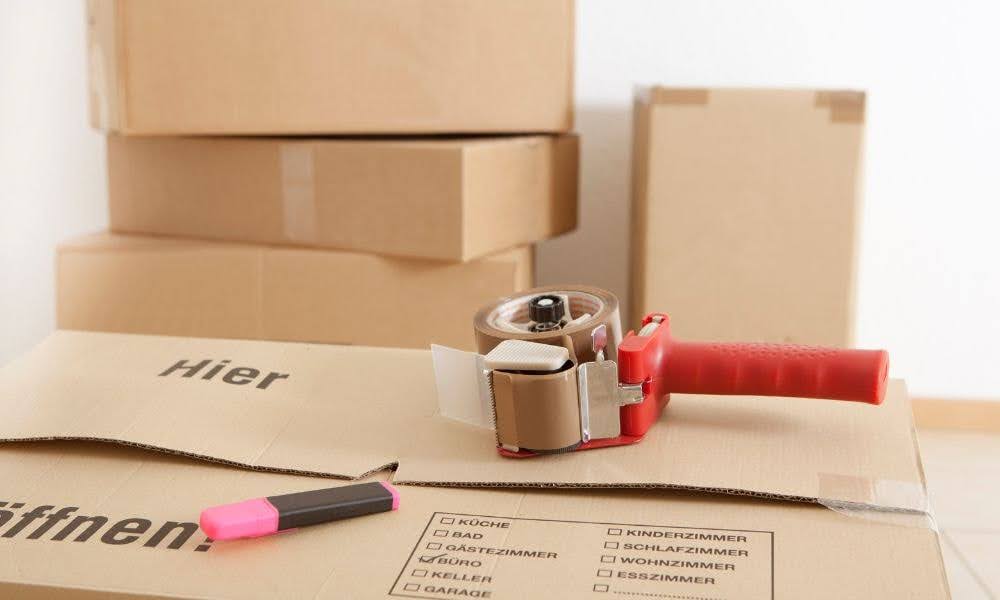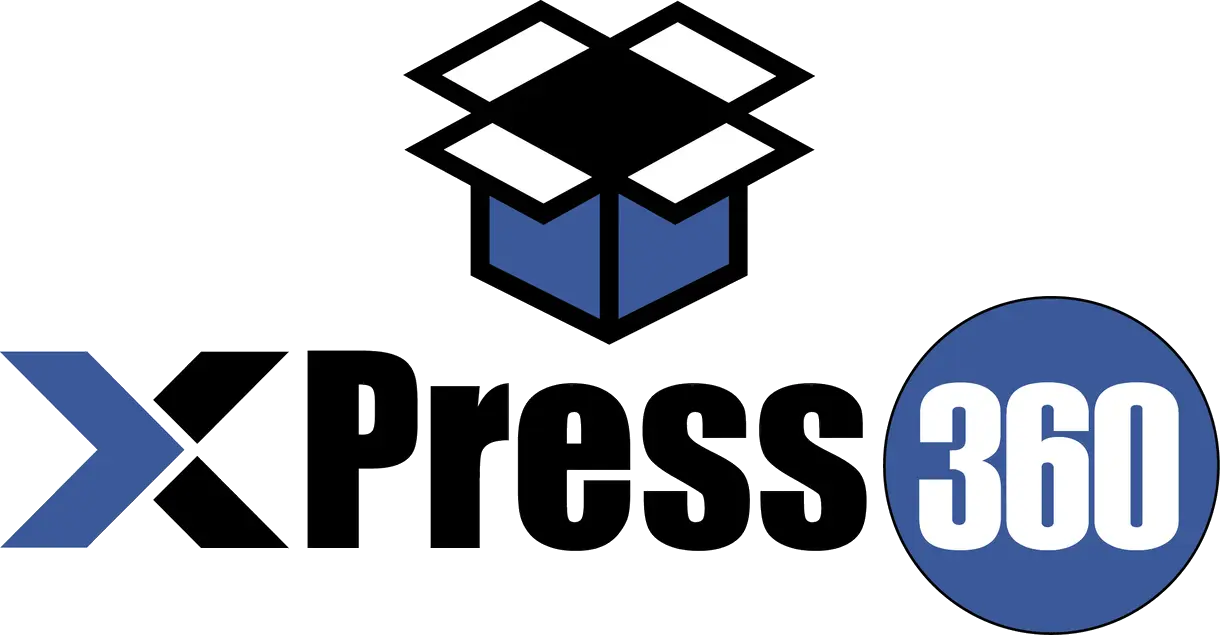Think about the different layers you encounter with any packaged product—from the item itself to how it’s grouped on shelves or shipped in bulk. Each layer of packaging serves a distinct purpose, and by breaking it down into primary, secondary, and tertiary packaging, we can see how they work together to protect, present, and transport products effectively.
In the following sections, we’ll dive into each layer. First, we’ll explore primary packaging, which is what consumers see and interact with directly. Then, we’ll look at secondary packaging, which groups items for handling and branding, and finally, tertiary packaging, the bulk layer that ensures safe, large-scale transport.
Understanding these distinctions will help businesses in the packaging industry choose the best packaging solutions and materials to meet logistical demands and consumer expectations.
Boost Product Safety with Smart Packaging Choices
Primary Packaging
Primary packaging is the first layer that directly holds and protects the product itself. It’s what you see when you pick up an item on a store shelf—whether it’s a plastic bottle of shampoo, a can of soda, or a blister pack of medication. This layer serves multiple purposes: it keeps the product secure, maintains its freshness or effectiveness, and offers consistent quality in presentation. For items that require specific handling, like food or pharmaceuticals, primary packaging is designed with packaging materials that ensure safety and durability.
Another important aspect of primary packaging is the information it provides. Labels often include essential details like ingredients, usage instructions, and expiration dates. This is especially important for products like cosmetics, food, and medicine, where consumers need clarity on what they’re purchasing.
Packaging design also comes into play here, as primary packaging often reflects the brand’s identity and values, which can make it more retail-ready and appealing to consumers.

Secondary Packaging
Secondary packaging is the next layer, grouping multiple units of primary-packaged products together. Think of a cardboard box holding a dozen bottles of juice or a shrink-wrapped bundle containing multiple packs of snacks. This packaging is essential for organizing products and making handling easier for retailers, as it allows them to quickly stock shelves or transport multiple items at once.
In addition to organization, secondary packaging also provides protection during storage and transport. For example, the cardboard box or shrink-wrap helps shield products from damage or dust, particularly in industrial packaging settings where goods may travel long distances.
Secondary packaging can also serve as retail-ready packaging, displaying brand information and logos in a way that catches the consumer’s eye at point-of-sale. Often made with recyclable materials, secondary packaging combines practicality and sustainability, supporting both functional and marketing needs.
Find the Right Packaging for Your Product
Tertiary Packaging
Tertiary packaging is the outermost layer, designed specifically for transporting large quantities of products in bulk. This is the packaging that moves products through the supply chain, helping items travel safely from warehouses to distribution centers or retail locations. For example, pallets stacked with multiple boxes or large corrugated boxes used for grouping items are typical forms of tertiary packaging.
This layer doesn’t come into direct contact with individual items, and it’s not usually seen by consumers. Instead, tertiary packaging is focused on protecting the finished product during long hauls and in storage. It’s built to handle the demands of warehousing and shipping and is often designed to work with forklifts and other equipment for easier handling.
Tertiary packaging addresses production requirements by securing multiple units efficiently, ensuring they remain intact throughout the journey, even across rough transport conditions.

Key Differences
Each packaging level—primary, secondary, and tertiary—serves a unique role in safely moving products from manufacturing to the consumer. Primary packaging is the only layer in direct contact with the product itself. This is what the consumer sees and interacts with, like individual bottles, cans, or blister packs that carry important details, such as an expiration date for food or pharmaceuticals. Primary packaging is designed to protect each individual unit while providing necessary product information.
Secondary packaging steps in to group multiple units of primary-packaged products, making it easier to organize and transport items for retailers. This layer, like a shrink-wrapped bundle or a cardboard box with multiple items, can be seen by consumers on store shelves, but its main function is to make storage and display more efficient.
Finally, tertiary packaging handles the heaviest lifting. It groups secondary packages into large quantities that can be moved in bulk, often on pallets or in shipping containers, and is built for safe transport and easy handling with forklifts.
Businesses can choose innovative solutions for supply chain problems by understanding key distinctions. An optimized packaging strategy protects products, simplifies handling, and enhances marketing from manufacturing to the end consumer.


